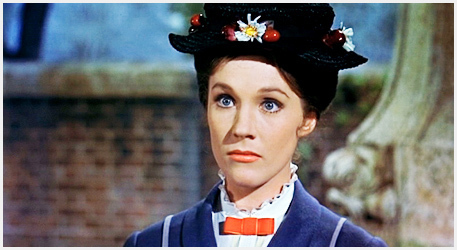
NAA: A434, 1949/3/21685
The work of the critique of political economy is a thankless task: especially when reality comes and fucks up your theorising. Over the last year on this blog I have been trying to address a number of interrelated phenomena: the end of the mining boom as a symptom of the global recession, rising state debt and the difficulties this presents to facilitating social reproduction and the failure of the Government to implement ‘Plan A’ – the stimulation of the economy via infrastructure spending financed by asset sales and cuts to services. Then the Australian Bureau of Statistics comes along and publishes the National Accounts which detail higher than predicted growth rates for the last quarter: 0.7% trend and 0.6% seasonally adjusted. Calendar year growth is then up to 3.0% rather than the forecasted 2.5% (Scutt 2016).
This would indicated healthy growth rather than malfunctioning – and this is despite the continual end of the mining boom which was the engine that drove capital accumulation in Australia for the last two decades. And GDP growth is, I would attest, a mystified indicator of profitability. If the economy is growing it is because firms are investing; and they are investing because of a sufficient level of profit today and expectations of them tomorrow. So much for declining profitability then, so much for over-accumulation too, so much for looming crisis…





